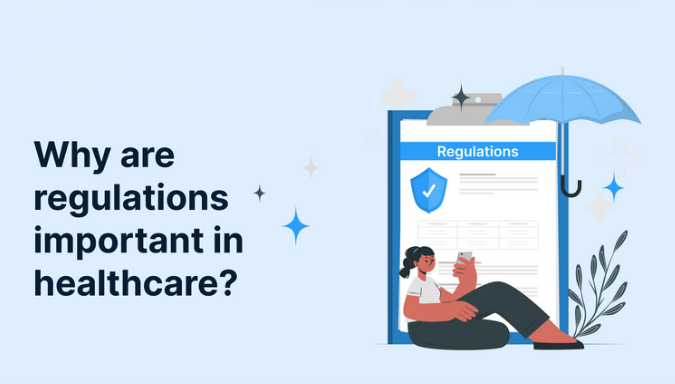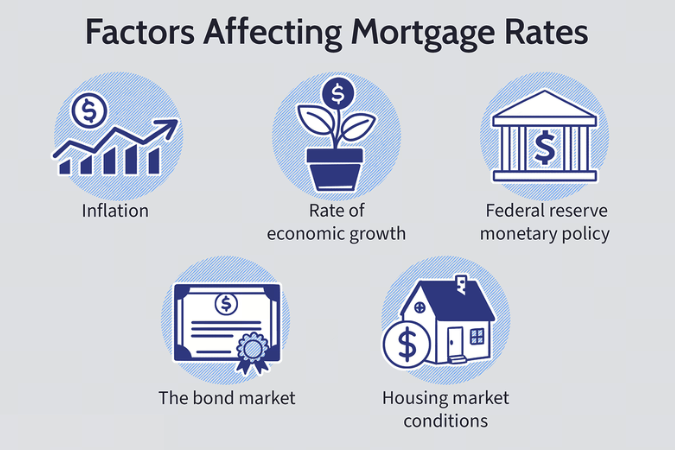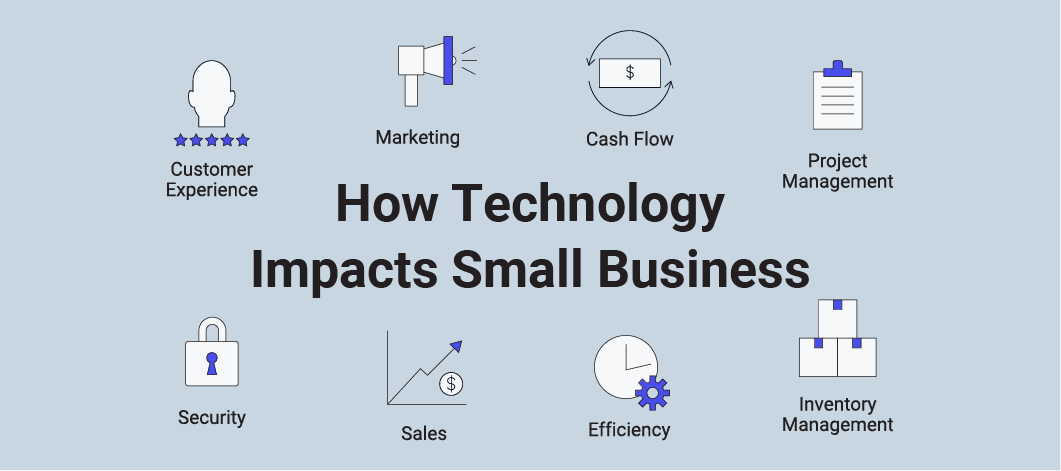
The landscape of dental insurance is evolving rapidly, especially as we approach 2025. With advancements in healthcare technology and a growing awareness of the importance of oral health, understanding the impact of dental insurance on oral health is crucial for individuals and families. Dental insurance plays a vital role in ensuring that people have access to necessary dental care, which in turn contributes to overall health and well-being.
Dental insurance is designed to cover a portion of the costs associated with dental care, including preventive services, basic procedures, and major treatments. Most dental insurance plans usually consist of three tiers: preventive, basic, and major services. Preventive services, such as routine cleanings and check-ups, often come with little to no out-of-pocket costs, encouraging patients to prioritize their oral health.
As we look ahead to 2025, the structure and benefits of dental insurance are likely to undergo significant changes. With ongoing advancements in telehealth and digital health records, patients may find it easier to access dental services and manage their insurance benefits effectively.
One of the most significant impacts of dental insurance on oral health is the emphasis on preventive care. Research shows that individuals with dental insurance are more likely to seek regular dental check-ups and cleanings. According to a study conducted by the American Dental Association, insured individuals are 50% more likely to receive preventive care compared to those without insurance.
Preventive care plays a crucial role in maintaining oral health and preventing more serious issues down the line. Regular visits to the dentist can lead to early detection of cavities, gum disease, and other dental problems, ultimately reducing the need for costly and invasive treatments.
Dental insurance significantly enhances financial accessibility to oral health services. Without insurance, the cost of dental care can be prohibitive, leading many individuals to postpone or forgo necessary treatment. A survey by the National Association of Dental Plans revealed that 43% of adults without dental insurance reported that they would avoid visiting the dentist due to high costs.
With the projected rise in dental insurance coverage by 2025, it is expected that more individuals will have access to necessary dental services. This increase in accessibility could lead to improved oral health outcomes and a decrease in the prevalence of dental diseases.
Employers play a crucial role in the provision of dental insurance. As more companies recognize the importance of oral health for overall employee wellness, many are expanding their benefits packages to include comprehensive dental coverage. This shift not only helps employees maintain their oral health but also enhances job satisfaction and productivity.
In 2025, we anticipate that more employers will offer dental insurance as part of their wellness initiatives. This trend is supported by research indicating that employees with dental coverage are less likely to miss work due to dental issues, resulting in increased productivity and reduced healthcare costs for employers.
The integration of technology into dental practices is set to reshape the dental insurance landscape by 2025. Innovations such as teledentistry and AI-driven diagnostics are making dental care more accessible and efficient. These advancements not only streamline the patient experience but also encourage patients to utilize their dental insurance benefits more effectively.
For instance, teledentistry allows patients to consult with dentists remotely, which can be particularly beneficial for those living in rural or underserved areas. By making dental consultations more convenient, patients are more likely to seek the care they need, ultimately improving overall oral health.
Despite the clear benefits of dental insurance, several barriers still prevent individuals from fully utilizing their coverage. One significant challenge is the lack of awareness regarding available benefits. Many individuals do not fully understand their insurance plans, leading to missed opportunities for preventive care.
Additionally, complexities in navigating insurance claims can deter patients from seeking treatment. As we move toward 2025, improving transparency in dental insurance policy details and simplifying the claims process will be essential in encouraging utilization of benefits.
As we approach 2025, the relationship between dental insurance and oral health will continue to evolve. Increased coverage, technological advancements, and a greater emphasis on preventive care will likely lead to improved oral health outcomes for many individuals. It is crucial for stakeholders, including policymakers, dental professionals, and insurance companies, to work collaboratively to address barriers and enhance the accessibility and effectiveness of dental insurance.
In conclusion, the impact of dental insurance on oral health is profound and multifaceted. By understanding and leveraging the benefits of dental insurance, individuals can prioritize their oral health and contribute to a healthier future.
Investing in dental insurance is not just a financial decision; it's an investment in one's health and well-being. As we look ahead, let us champion the importance of dental coverage and promote practices that support and enhance oral health for all.
The Impact of Climate Change on Roofing Trends in the USA: Insights for 2025

The Impact of Legislation on Health Insurance Plans in the USA 2025: What to Expect

The Impact of COVID-19 on Life Insurance Trends in the USA for 2025

How to Choose the Best Life Insurance Plan in the USA: 2025 Insights

Impact of Economic Changes on Mortgage Loans in the USA: What to Expect in 2025

The Impact of 5G on Business Internet Providers in the USA: What to Expect in 2025
Understanding the Impact of Inflation on Saving Accounts in the USA: What to Expect in 2025

The Impact of Technology on Small Business Loans: What to Expect in 2025